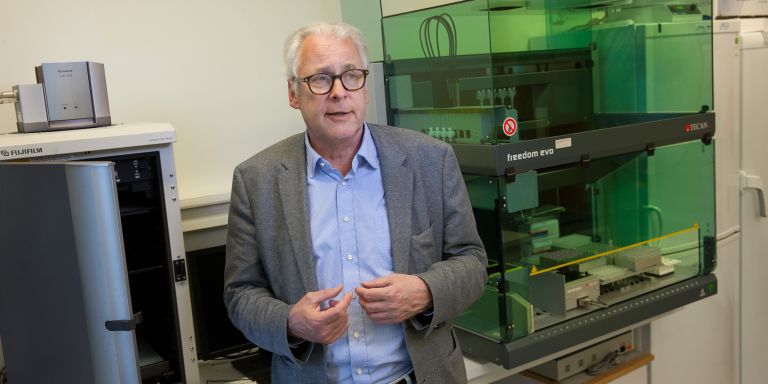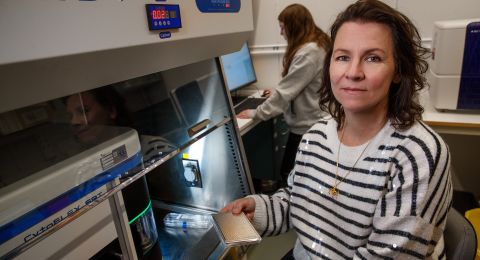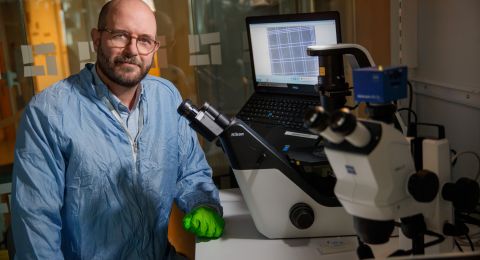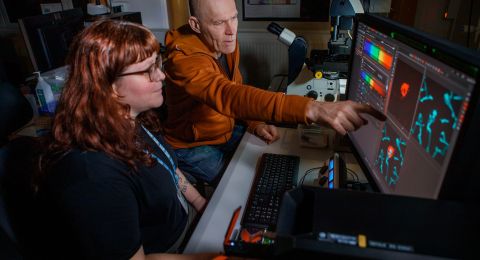
Project Grant 2013
Discovering new forms of monogenic hyperlipidemias by whole genome sequencing in families with extreme metabolic phenotypes
Principal investigator:
Bo Angelin, Professor of Clinical Metabolic Research
Co-investigators:
Mats Eriksson
Juha Kere
Mats Rudling
Institution:
Karolinska Institutet
Grant in SEK:
SEK 10.8 million over two years
When fit young persons in their 30s or 40s suddenly die of a heart attack, it almost always comes as a big shock to their surroundings. A hereditary lipid disorder is often the reason that such young people are struck by cardiovascular diseases.
It is estimated that around 2 percent of the population has elevated levels of the most common lipids cholesterol and triglycerides due to their genetic heritage. But most are not aware of it, according to Bo Angelin, Professor of Clinical Metabolism at Karolinska Institutet.
“Despite high levels of cholesterol, there may be no symptoms of disease. Moreover, they might not know that they have cardiovascular disease in their family, and even if they know there is, they don’t always think it can strike them.”
To be able to develop earlier diagnostics and treatment, more knowledge is therefore needed about the disease mechanisms at the molecular level, especially to be able to identify and treat people who do not have symptoms of elevated lipids.
Genetic patterns behind the disease
Bo Angelin got into the subject in his doctoral thesis in the 1970s. Already then, researchers began to suspect genetic patterns behind the uncommon lipid disorders.
“If an individual was found with high cholesterol values and then the rest of the family tree was examined, it turned out that on average half of the siblings had high values and half had normal values.”
The disease gene is inherited via dominant heredity according to Mendel. This means that it is enough to have a predisposition from one parent. The researchers prefer to collect blood samples from everyone in the family, including those who married into the family, and from as many generations as possible. Sometimes, a predisposition is inherited from both sides. One parent can have a predisposition for high cholesterol and the other for low cholesterol. In the child, the value can appear normal, while it mixes differently in the grandchild.
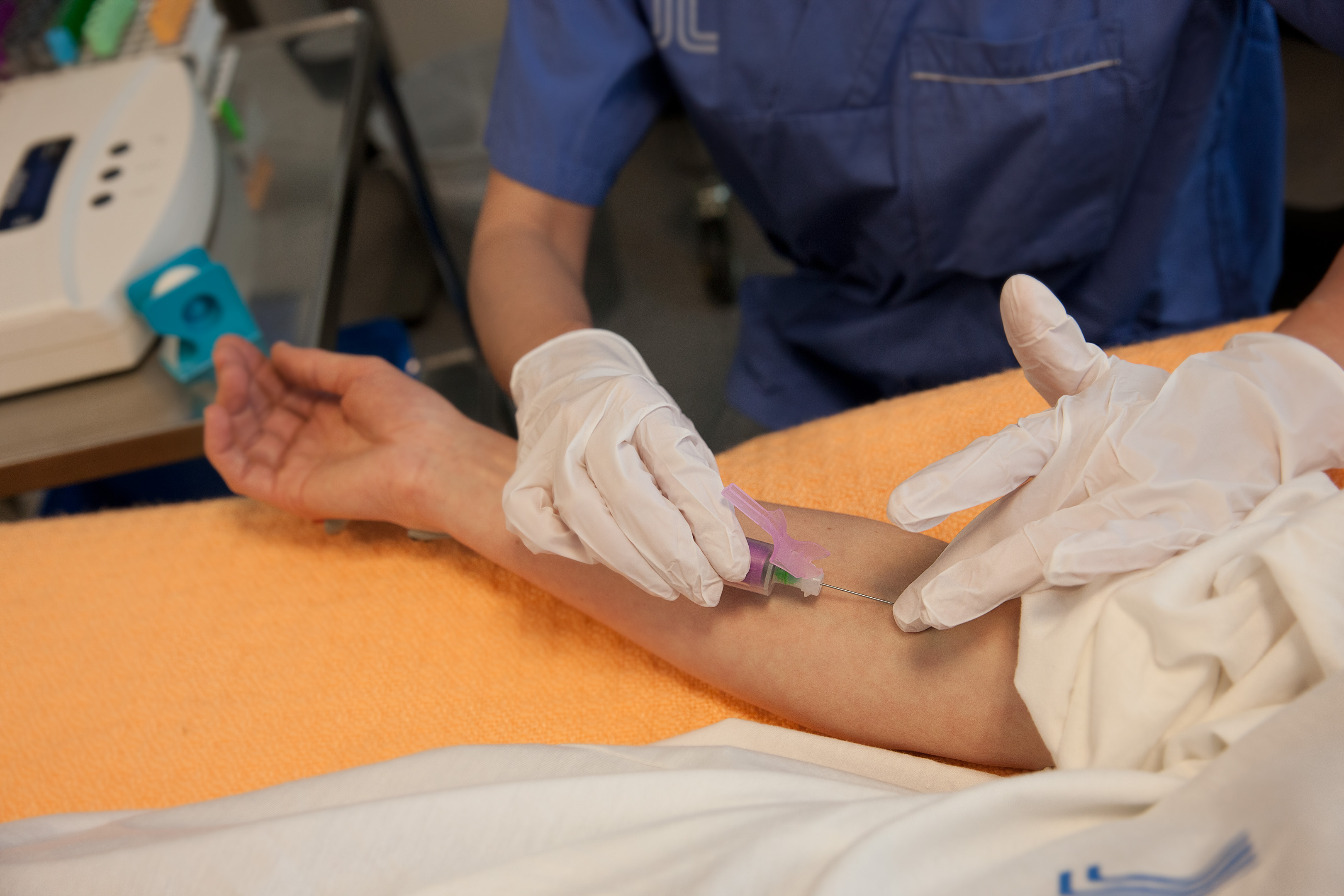
“We already asked these research questions 40 years ago, but at the time, the techniques didn’t exist that could give us the answers. Now, we have the possibility, both in terms of time and finances, to do genetic studies of whole families. The price tag to do a sequence analysis of DNA in the entire coding genome was several million SEK a few years ago, but is now down to a few thousand SEK per individual.”
Early discovery saves lives
At most, Bo Angelin and his colleagues studied 16 members of the same family. Those identified as high-risk patients can be treated with modern medicines, such as cholesterol-lowering statins, and the risk of early illness can thereby be removed. The patients benefit from getting the information as quickly as possible.
“People think it’s good to be aware of risk patterns. If dad had a heart attack early on, there is major pressure to examine the children. Even in hereditary diseases, where there is no cure, most people nonetheless want to know how things are.”
Bo Angelin says that it is not uncommon for some patients to be interested in delving into their family history and that they begin exploring genealogy.
“I’ve personally been able to follow families for several generations. In 1974, I traveled to Åland to study a family, and I’ve now met the grandchild of a patient who I met then. His mother was not even born at the time that we took samples from his paternal grandfather.”
Mapping rare mutations
To-date, the researchers have mapped a number of different disease genes and far more mutations in these genes. There may be as many as 1,700 different mutations in a single gene, and every mutation is specific to a family. This in turn means that every family is unique.
“We devote a great deal of energy to characterizing the various mutations using different techniques, as well as clinical observations. In some families, skin changes are noted, such as yellow cholesterol accumulations in the skin.”
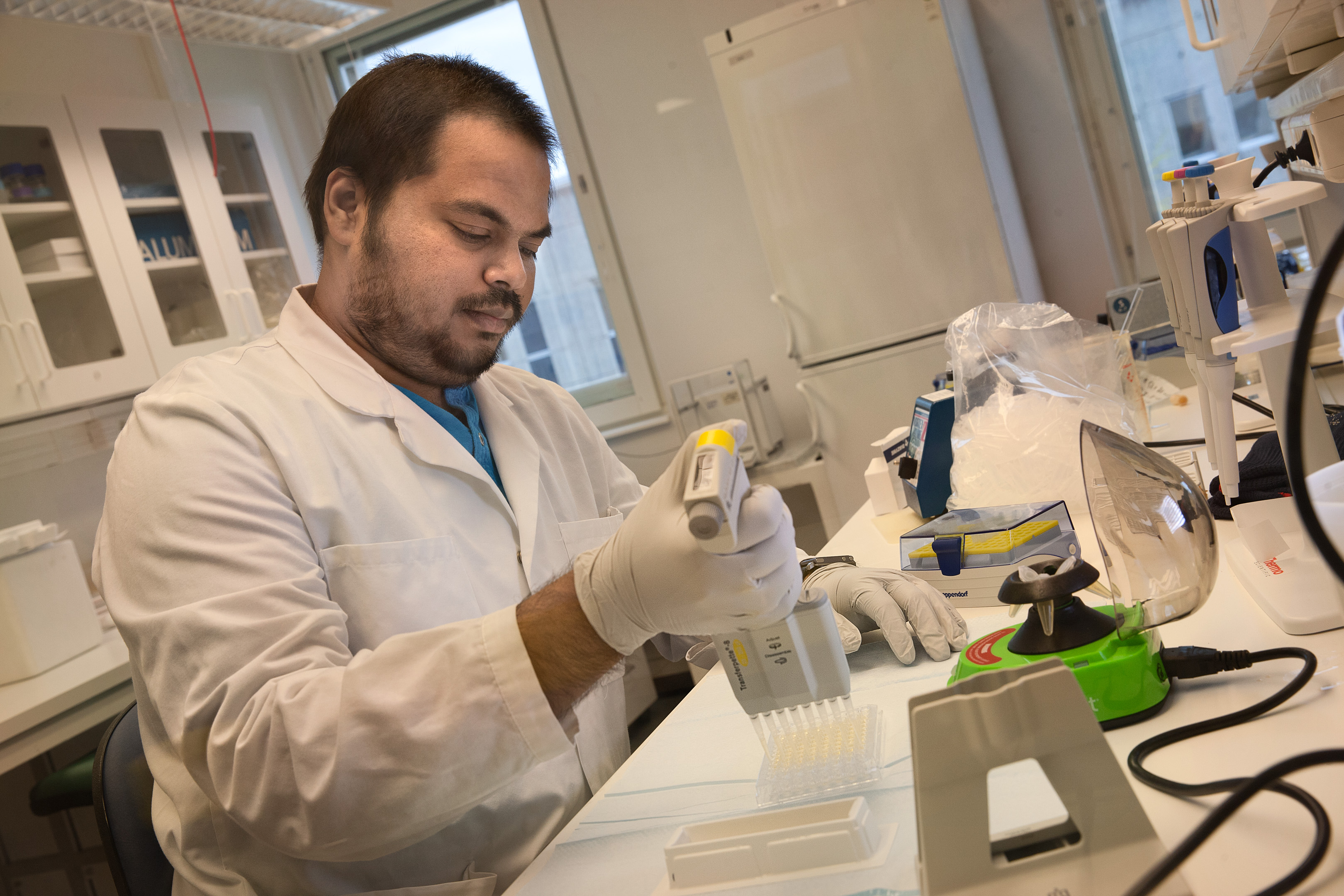
The researchers try to identify rare and distinct phenotypes, meaning the entire collective view of the genetic characteristics and the visible characteristics. In the next step, they can begin to presume that everyone with this phenotype should have a specific mutation in a specific gene.
The detective work continues. The researchers gradually discover another family that displays a similar phenotype, and find a previously unknown mutation in the same gene. The mapping can thereby continue on a larger scale. By combining families with a similar phenotype and looking for rare mutations, new mechanisms can also begin to be discovered and understood, according to Bo Angelin.
“A mutation can be compared to nature’s own knock-out experiment. It is a strong aid in understanding more about the mechanisms behind the disease. And when the mechanisms are understood, it also provides leads to testing new forms of treatment that can be useful not only for these families, but also for larger patient groups with cardiovascular diseases.”
Text Nils Johan Tjärnlund
Translation Semantix
Photo Magnus Bergström
HEREDITARY LIPID DISORDERS
The research project investigates what genes are involved by studying DNA in both healthy and sick individuals from families with the most common hereditary lipid disorders: familial hypercholesterolemia (FH), familial hypertriglyceridemia (FHTG) and familial combined hyperlipidemia (FCHL).
Approximately 25,000 Swedes have FH. As many as 60-70 percent of everyone afflicted are unaware of it and are therefore untreated. In the worst case, cardiac infarction can be the first sign of FH. A patient association for FH was established in 2008.
